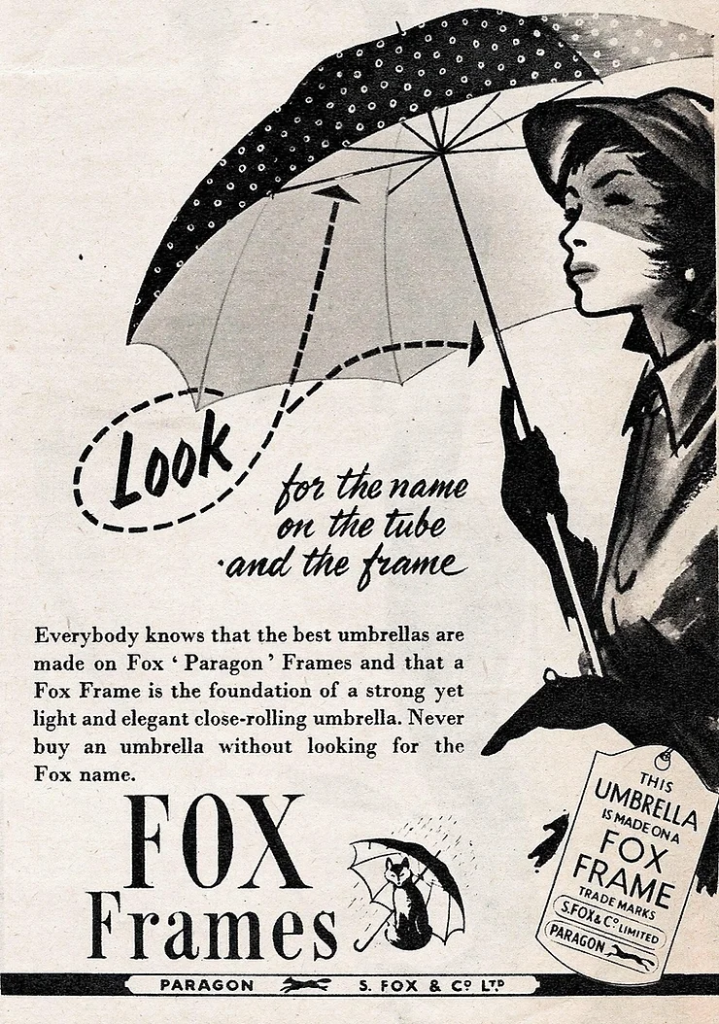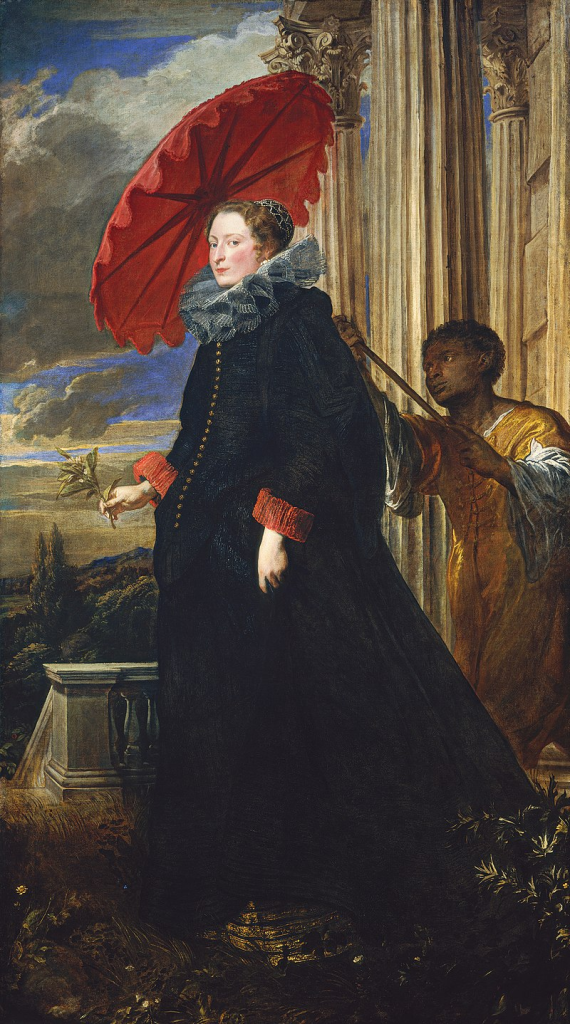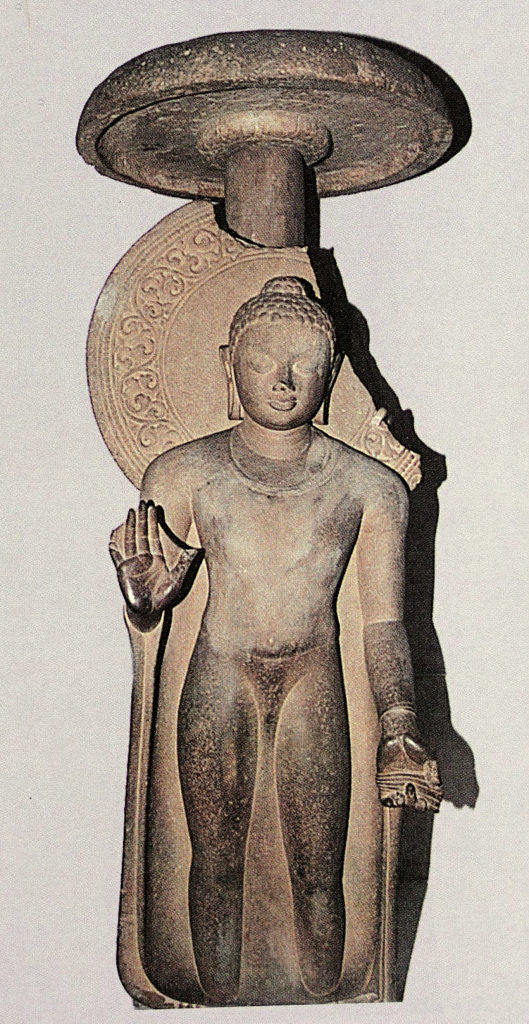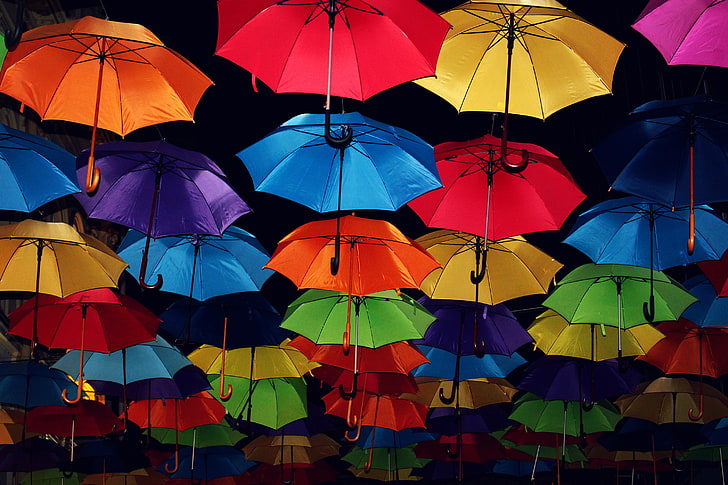Imagine the sun-drenched streets of ancient Rome or the bustling marketplaces of medieval Europe, where people sought refuge from the relentless heat. The umbrella, a familiar object today, had a different story centuries ago. Its name, “umbrella,” comes from the Latin word “umbra,” meaning shade or shadow. This etymology hints at the original purpose of the umbrella: a shield from the scorching sun. Unlike modern umbrellas that protect us from rain, these ancient tools were all about providing relief from the sun’s harsh glare. Picture a time when these devices, rather than being an everyday accessory, were a rare luxury, used primarily by the elite to create personal oases of shade in the hot, unforgiving landscape. Also known by various names such as brolly, rainshade, sunshade, gamp, or Bumbershoot, the umbrella has evolved from its original role of offering shade to become a versatile canopy designed to protect against both rain and sunlight. This historical context reveals how umbrellas were once exclusive symbols of comfort and status, long before they became the common, dual-purpose items we know today.

Umbrella Origins
The umbrella’s history most likely begins in China in the eleventh century B.C., however their use is also shown in ancient sculptures from Nineveh, Persepolis, and Thebes. There is evidence that parasols and umbrellas were utilized at the same period in India. They were originally employed for sun protection by ancient societies like as Egypt, Assyria, Greece, and China. The Chinese invented waterproofing methods, modifying umbrellas for rain by applying wax and lacquer. Umbrellas became fashionable in Europe around the sixteenth century, when they were first worn by ladies as accessories. But for thirty years, Persian traveler Jonas Hanway’s open usage of an umbrella in England changed people’s opinions. As a result, men began carrying umbrellas more frequently, and the name “Hanway” came to be associated with the accessory.

James Smith and Sons, the first store exclusively selling umbrellas, was founded in 1830 and is still in business today on London’s New Oxford Street. The materials used to make early European umbrellas were wood or whalebone, with oiled canvas or alpaca coverings. For their expert craftsmanship, artisans who crafted curved handles out of hardwoods like ebony were handsomely compensated.
Development of Umbrella Design
Samuel Fox created the steel-ribbed umbrella design in 1852 by recycling the steel stays from corsets for women. In addition, Fox started the “English Steels Company.” Compact foldable umbrellas emerged as the next big invention more than a century later. The Macintosh raincoat was first created in 1823 when Scottish chemist Charles Macintosh received a patent for a process that used rubber dissolved in coal-tar naphtha to waterproof clothing. These raincoats were made much better by the introduction of vulcanized rubber in 1839, which increased both their resilience to weather and longevity.

Different cultures, Different Meanings
Umbrellas in China
Umbrellas have strong symbolic and superstitious meanings in many Asian civilizations. For instance, red umbrellas are thought to ward off evil spirits and bring good fortune in China. During traditional Chinese festivities, it is not unusual to witness performers spinning crimson umbrellas, which represent prosperity. However, it’s a common misconception that using an umbrella indoors brings ill luck. Opening an umbrella inside a structure is seen as extremely unlucky in Japan and Korea, two other countries with strong superstitions similar to this one. China has a separate entire history associated with umbrellas and how they developed through different dynasties and were reflected in that time’s architecture and art.

Umbrellas Across Europe
Umbrellas, an essential accessory across Europe, reflect the continent’s diverse climate and rich cultural history. From the bustling streets of London, where rain showers are frequent, to the sun-drenched beaches of the Mediterranean, umbrellas serve as both practical tools and stylish statements. In cities like Paris and Rome, umbrellas are not only used for protection against rain but also as shields from the summer sun, often seen in vibrant colours and patterns that add a touch of elegance to the urban landscape. The craftsmanship of European umbrellas is noteworthy, with traditional manufacturers in countries like Italy and England producing high-quality, durable pieces that blend functionality with fashion. Whether in the form of classic black canopies or whimsical designs, umbrellas across Europe embody a blend of utility and aesthetic charm, seamlessly integrating into the daily lives of its residents.

The Middle Eastern Umbrella
Umbrellas have a purpose more than only keeping out the rain in the Middle East, a region characterised by strong sunshine and arid temperatures. Their main purpose, which has been for millennia before it spread to other regions of the world, is to shield from the intense sun’s rays. Furthermore, umbrellas are symbolic and culturally significant in Middle Eastern nations, where they are commonly seen in religious processions and customary festivities.

Festive and Daily Uses of Umbrella in Africa/South America
In Africa, umbrellas are made to fit the specific needs of the populace. They are used as colourful beach umbrellas, market umbrellas, and accent pieces for events and celebrations. They combine cultural significance with utility. Similar to this, umbrellas liven up raucous celebrations in South America, particularly in Brazil. Bright umbrellas add a splash of colour to carnivals and parades, and when dancers use them to beat the samba, it’s a demonstration of style and utility combined.

The Indian Umbrella
The earliest evidence of umbrellas dates back to around 300 BCE in Buddhist literature and reliefs in our country. When Siddhartha Gautama, later known as the Buddha, meditated under the bodhi tree, he was shaded by a cobra’s hood or an umbrella. In these texts, the umbrella symbolises his quest for enlightenment, and he is referred to as the “Buddha of the White Umbrella.”

The umbrellas though were brought to us by Britishers, it was an image and an idea that was showcased to us. Only for one man to make it on this land. The Indian umbrella production is said to have started by accident thanks to Mohendra Dutt, a pakhwaj instrumentalist at the Bardhaman Raj Durbar in Bengal. He was given the job of fixing a broken throne umbrella, which he accomplished, and in 1882 he opened a little umbrella workshop. The Viceroy of India, Lord Irwin, even awarded him a gold medal. In Bengal, Mohendra Dutt & Sons rose to prominence extremely fast, turning the umbrella from a status symbol to a commonplace item. The umbrella gained popularity as a symbol spanning class divides—from royal to commoner—and cemented its presence in everyday life with the 1955 film Shree 420, starring Raj Kapoor and Nargis.

Large, black, utilitarian umbrellas are the most popular in India; they are valued for their longevity and usefulness in coastal and heavily precipitation-prone locations. Gujarat and Rajasthan in the west, on the other hand, are known for their colorful, ornamental umbrellas, many of which are hand-embroidered or have patchwork patterns. These exquisite umbrellas, created by talented craftspeople, include elaborate patterns created with a variety of colored fabrics and threads.

Umbrellas have been widely used in art and architecture around the world, which is indicative of their aesthetic appeal and complex meaning. In murals and sculptures from antiquity, umbrellas were frequently used to shade pharaohs and other deities. They were also portrayed as emblems of royalty and heavenly protection. Throughout European architecture, elaborate umbrellas are a common feature of Baroque and Renaissance ornamentation, signifying both luxury and weather protection. In Chinese culture, umbrellas are also highly esteemed in art, where they are shown as prestige and good luck symbols in a variety of ancient artworks and imperial regalia. This universal depiction emphasizes the umbrella’s significance as a beloved cultural and artistic symbol throughout history, in addition to its utility as a tool.
References
- https://www.oriental-umbrellas.com/indian-umbrellas/
- https://medium.com/@DiyaTravelBlogger/under-the-umbrella-in-india-8ac57cd52996
- https://www.thehindubusinessline.com/blink/cover/bobbing-up-and-down-through-decades-the-umbrella/article27609565.ece
- http://www.jyotiumbrellas.com/history-of-umbrellas/#:~:text=The%20First%20Umbrella&text=There%20is%20also%20evidence%20of,as%20we%20know%20it%20today.
- https://www.umbrellaheaven.com/umbrella-etiquette-around-the-world-cultural-insights/





